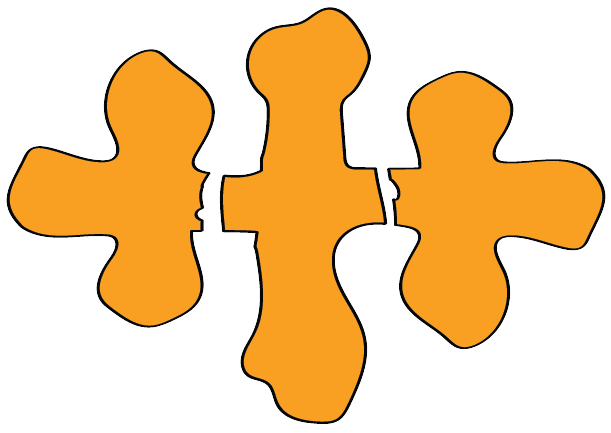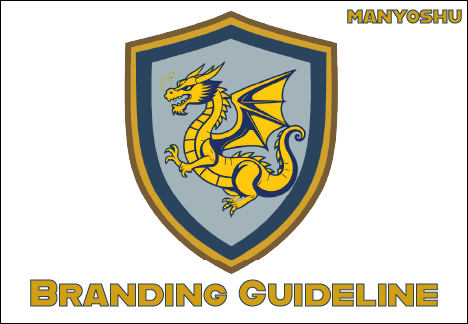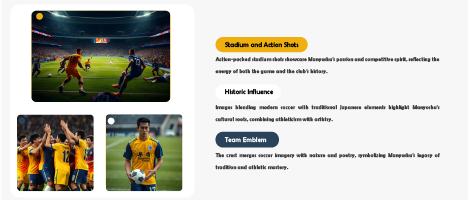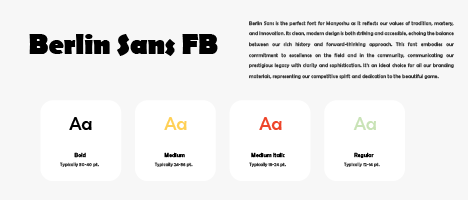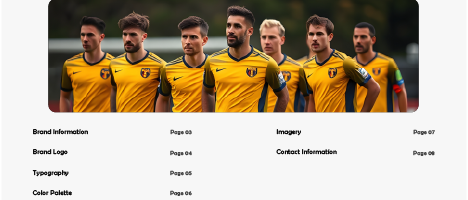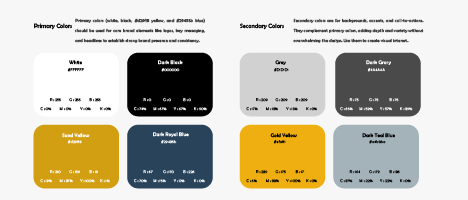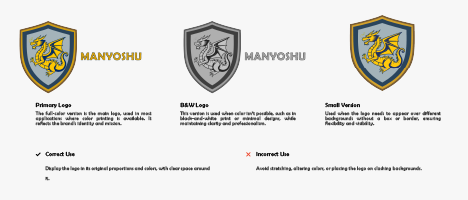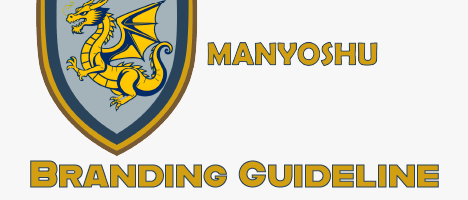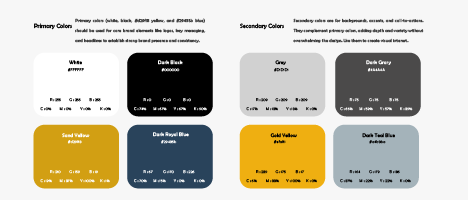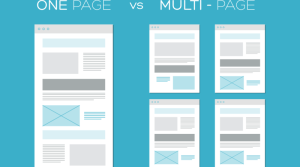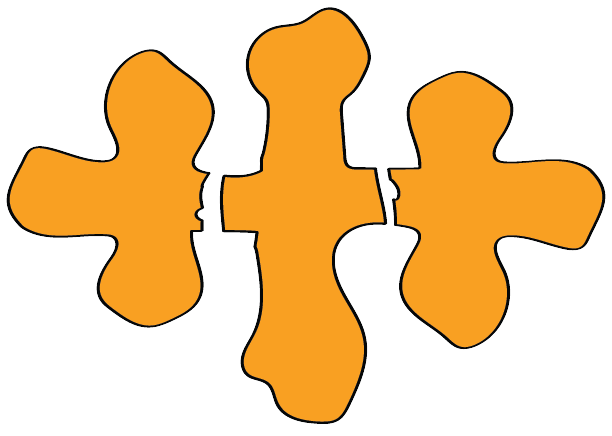Introduction

Hello, I’m Samir Magar. In my blog, I’m going to talk to you about what a branding guide is and how you can create one for yourself, your business, or just your brand in general. Before I talk more about how to do this, let me give you a brief description of what a branding guide is and why it’s important. A branding guide is a guide that contains information about rules for how to create assets for a brand. The reason why branding guides are so important is because they ensure that assets made for a business are consistent with their brand. A brand being consistent is vital because it builds trust with customers and creates a recognizable image to represent your business. After reading this blog, my hope is that you, yes you, the person reading this, are not only able to understand what a branding guide is but also make a decent-looking one.
Understanding the Basics of a Branding Guide
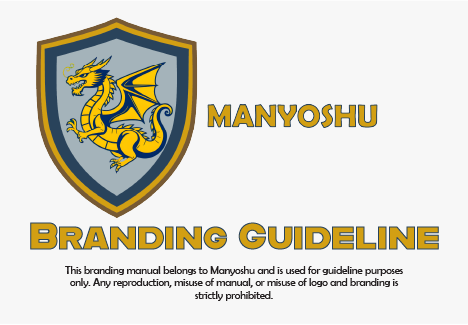
“What is a branding guide?” Well it’s kind of in the name, it’s a guide that is used for branding. To be more specific, a branding guide is a document that defines a brand and lets you know how to use its assets. A branding guide is vital for businesses because it helps them maintain consistency while building brand-related assets or using them. The typical things that branding guides contain are logos, color schemes, typography, brand information, and contact information. This information helps set guidelines so that your brand remains consistent and strengthens your brand as a whole.
What does a branding guide do?
- Ensures brand consistency
- Helps people/businesses retain a brand identity
- Facilitates the process of creating brand assets
Mistakes to Avoid

When I was building my first branding guide, I thought, “Hold on, this is kind of easy.” This was before I got my grade back for it. Now after building several branding guides, I know why I got the grade that I got. Building a branding guide might seem easy at the beginning, but there are many ways to easily mess up. A few things to avoid when creating a branding guide are making it too complicated or cluttered, as designers, we know terms, vocabulary, and designs that we specifically look for in branding guides, so having a branding guide that is overly stuffed with information or has a bunch of unnecessary information can make it harder for most people to understand what the branding guide is trying to say. Another thing to avoid is not design testing, sometimes designs can look better in our heads compared to when we actually apply them. This is why design testing is so important, for example, color schemes light blue, light pink, and mint green look great on paper but when actually putting them on a design it’s hard since they’re all so light and get lost on lighter backgrounds.
Designing Your Branding Guide

Here’s what you’ve all been waiting for, how to design a branding guide. Firstly, you want to define your brand, how can you expect to tell others who you are if you can’t tell yourself who you are? Note down your mission, vision, values, and how your business is unique. These set a basis of knowledge that you base your brand on. Secondly, you want to figure out how you plan to display your brand visually this includes logos, color palettes, typography, and imagery. These brand elements are usually the first thing most people see when they look at you, so it’s important your designs are unique and of quality. Now lastly, you should add a section that shows others how they can contact you, this ensures that people who are using the branding guide can have their inquiries answered leading to effective communication which makes it easier to create future brand assets.
My Branding Guide: A Practical Example
I can only imagine taking in all of this information from just reading, which is hard, so I’ll give you a practical example. I made a branding guide for a made-up soccer group called Manyoshu for this blog. I first began by defining their brand, I decided to do this because defining a brand acts as a solid base and makes it easier for us to stay consistent with our brand. For example, you wouldn’t want a basketball logo, if your brand is about soccer. Then I found a color palette that represented what I wanted my brand to stand for so, I chose dark yellow and dark blue, dark yellow representing energy, optimism, and unity, and dark blue representing strength and confidence. Then I looked for a font that I thought looked pleasing and represented my brand, I chose Berlin Sans FB for its rounded, sleek form. Finally, I took all of this and brought it all together and made it into a branding guide in Adobe Illustrator. I’ve put in a few Illustrator branding guide templates along with my own branding guide that I did for this blog In the following links.
- Horizontal Adobe Illustrator Branding Guide Template
- Vertical Adobe Illustrator Branding Guide Template
- Square Adobe Illustrator Branding Guide Template
Conclusion
To conclude everything that has been stated, a branding guide is a document that defines a brand and lets you know how to use its assets, branding guidelines are important because they help businesses maintain consistency while building brand-related assets or using the brand’s assets. Some mistakes to avoid when building a branding guide are creating guides that are too cluttered and not design testing. Last but not least, before designing your branding guide note down the business you are, your mission, vision, values, and how you are unique, figure out how you plan to display your brand visually and include a contact section for effective communication. Now that you know all this, it might sound like a big task but rest assured It’s completely worth it as it’ll facilitate the process of creating any assets related to your business in the future.
